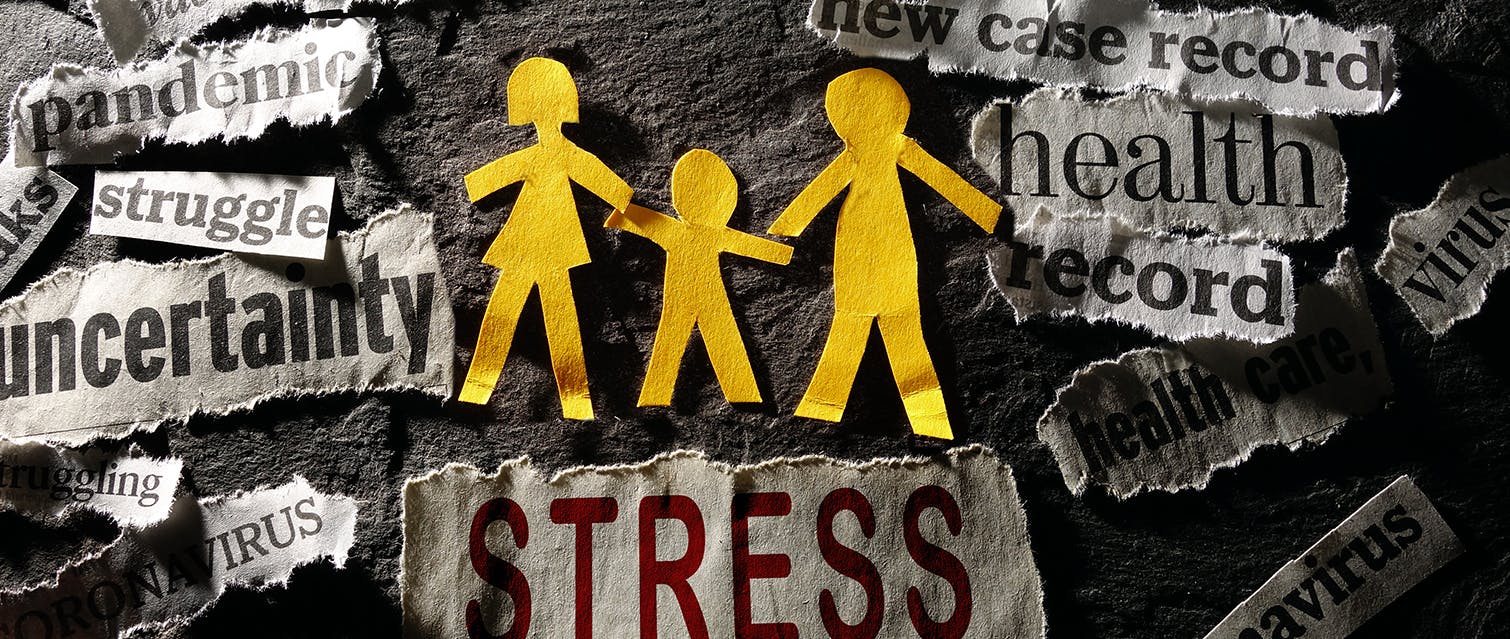Home | Blogs | Psychological Safety Is A Strategic Priority For Resilient Organizations
Psychological Safety Is A Strategic Priority For Resilient Organizations
Being resilient means having the perseverance to endure pressure. An individual's wellbeing depends on addressing a combination of personal, team, and organizational resilience; however, there has been a lot of emphasis on personal and team resilience strategies. Leaders can address the particular needs of their organizations by focusing on all aspects of organizational resilience improvement, enabling a workforce that is able to adapt to change.

Organizational resilience is now essential for survival but difficult to develop due to the pandemic, geopolitical unrest, and unpredictability of the markets. Leadership ensures that their organizations can stretch and adapt by making resilience a strategic priority.
There has been a lot written about the contribution psychological safety makes to workplace wellness and even to slowing the tide of the Great Resignation. Organizations must prioritize psychological safety as a strategic goal and look beyond individual well-being in order to weather uncertainty. This requires developing a workplace environment where employees feel free to voice their concerns, offer their ideas, and express their individual viewpoints.
Integrity, innovation, and inclusion are three cultural dimensions that are essential for resilience. They support growth, competition, and business continuity, and psychological safety is a key element of each. Leadership skills that promote candor must be developed in order to connect these three disparate aspects of culture and boost resilience.
By making resilience a strategic priority, leaders enable their organizations to grow and adapt. Integrity, innovation, and inclusion serve as the three foundational tenets of a psychologically secure culture. These factors are linked together and form the basis of an environment conducive to employee health.
Integrity is put at risk by the fear of reprisal for speaking out, innovation is stifled and stagnated by disrespectful interactions, and engagement and belonging are negatively impacted. Leaders can set expectations for the organization as a whole and serve as role models for behaviors that encourage candor and innovation.
The ability to put personal agendas aside and listen to the opinions of employees is a leadership requirement. Bullying and harassment issues can be dealt with more quickly when employees feel comfortable raising concerns. Despite its obvious benefits, psychological safety is not often given strategic priority by businesses.
Employees are adjusting to new work practices while dealing with pandemic-related issues such as unprecedented rates of substance use and mental health issues.
In fact, according to a study conducted during the pandemic by The Standard, 57% of workers believe that substance abuse makes them less productive, and 65% believe that mental health issues cause them to lose 10% of their weekly productivity. This affects younger generations the most, with 59% of millennials and 71% of Gen Z employees reporting mental health issues.

The Importance of Organizational Resilience
Building internal resiliency as an individual, a team, or a leader is only one aspect of organizational resilience. It entails creating a setting that allows individuals to sustain transformational growth in the face of change. It affects:
1- Engagement, performance, and retention
Employee engagement can remain high even in times of high stress and personal health challenges, according to recent Gallup research. Resilience is built on this engagement. Employees' commitment to the mission and sense of purpose increase as they acquire higher levels of resilience. They are invested and engaged in their work, which aids organizations in retaining and developing top talent who deliver higher-quality care and experiences.
2- Revenue
Workplace stress lowers employee productivity and increases the likelihood of accidents, which has a negative impact on absenteeism rates and revenue. A more resilient workforce is better equipped to control stress without letting it compromise care interactions. In addition, at a time when patients have more options regarding where they receive care, this skill empowers the workforce to provide higher-quality, more consistent care while lowering the risk of financial penalties and boosting patient loyalty.

Sum up:
Although change is challenging, it gives leaders the chance to create cultures that are resilient and driven to succeed in the future's quickly evolving business environments. This is demonstrably true for both traditional workforces and the expanding need to support virtual workers who are operating in a new environment.
Adopting healthy coping strategies and behaviors for thriving in the face of change is the path to resilience.

Blog
A journey of 18 years of dedication, passion, and success.





